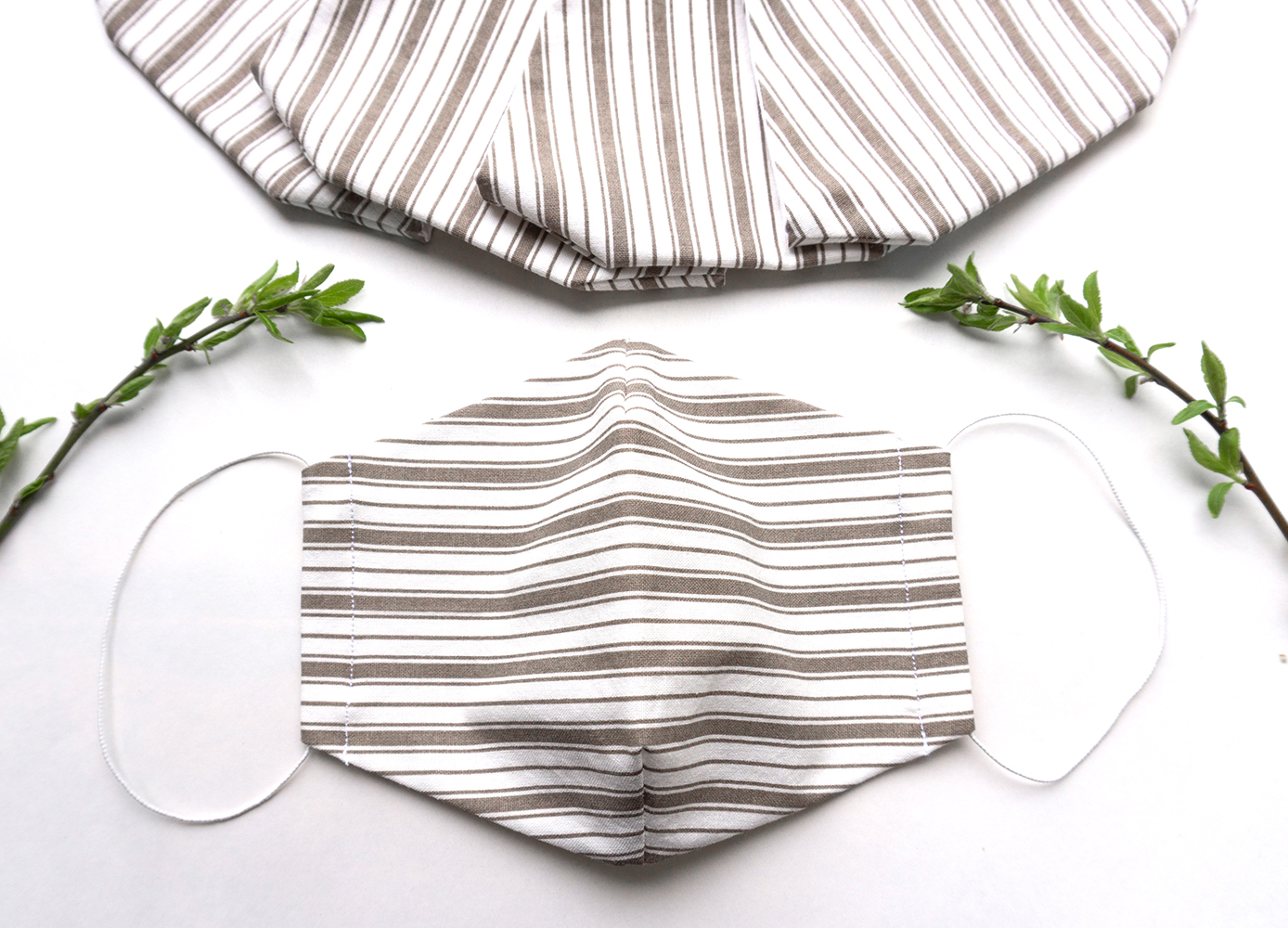If you can, there’s a problem. Not all masks are created equal.
By Caitlin Finlay
The World Health Organization (WHO) encourages the wearing of masks to prevent the spread of COVID-19. In Canada, wearing a mask is highly recommended—and required by law in many jurisdictions—when social distancing is not possible, particularly in indoor public settings such as stores or on public transportation.
According to the Canadian survey research company Finder, Canadians 55 or older are most likely to own a mask—Finder’s figures show that 86% of Canadians aged 55–64 and 85% of those over 65 own a mask. Young adults were found to be the least likely to own a mask—only 72% of those 18–24 and 73% of those aged 25–34. Overall, 78% of Canadian adults own a mask, whether it’s surgical, cotton, cloth, or medical grade, or a face shield.
According to a Google survey of 1,201 Canadians, cloth masks are the most popular (40%), followed by surgical masks (33%), homemade masks (20%), and medical grade masks such as the N95 (14%). Only 6% of respodents said they favour a face shield.
Given the variety of masks available, it can be hard to choose which is right for you. A new trick to see if your mask provides enough protection is to try blowing out a candle while wearing the mask; a good mask should prevent you from blowing out the flame.
Here’s a quick guide to which mask is which.
Masks with valves
These masks have the benefit of making it easier for the wearer to breathe, but they’re not recommended because they don’t block droplets and don’t protect others or limit the spread of the virus.
N95 respirators
While these are the most effective masks, blocking droplets and filtering out 95% of particles, they must be properly fitted and should be reserved for healthcare workers.
Surgical masks
Surgical masks should be worn once and then disposed of, as they are not reusable. They block large droplets and splashes, and filter 95% of bacteria. Surgical masks should be prioritised for those who are sick, are caretakers, or for high-risk individuals.
Cloth masks
These are reusable masks that block large droplets but do not filter bacteria or viruses. Cloth masks are recommended for people who do not show symptoms and are in a public space. While they do not protect the wearer, they can prevent the spread of the virus by those who are asymptomatic.
DIY masks
Homemade masks can be made out of T-shirts, coffee filters, and many other materials with varying levels of protection. Most homemade masks will block large droplets but will not provide a filter. These masks are washable and reusable as long as the mask is not damaged. Homemade masks can be worn by anyone who is not sick or taking care of someone who is sick. To make a homemade mask, there are many tutorials online including ones that do not require sewing. The WHO recommends masks with three layers of tightly woven fabric: an inner layer to absorb, a middle layer to filter, and a non-absorbent outer layer.
Regardless of the mask you choose to wear, general instructions are that the mask should create a tight seal around your mouth and nose to prevent the release of droplets; you should avoid touching the front of the mask when putting it on or taking it off to prevent contamination.
You can find detailed instructions on how to properly wear a mask on the WHO website. Wearing a mask alone is not enough to prevent the spread of COVID-19, so it’s important to also maintain social distancing and frequently wash your hands whenever possible.
Photo: Unsplash/Bára Buri.






